Benjamin Manor No. 2 in Panama, how much is the right amount of coffee filled with water? how do you drink Benjamin Rose Summer?
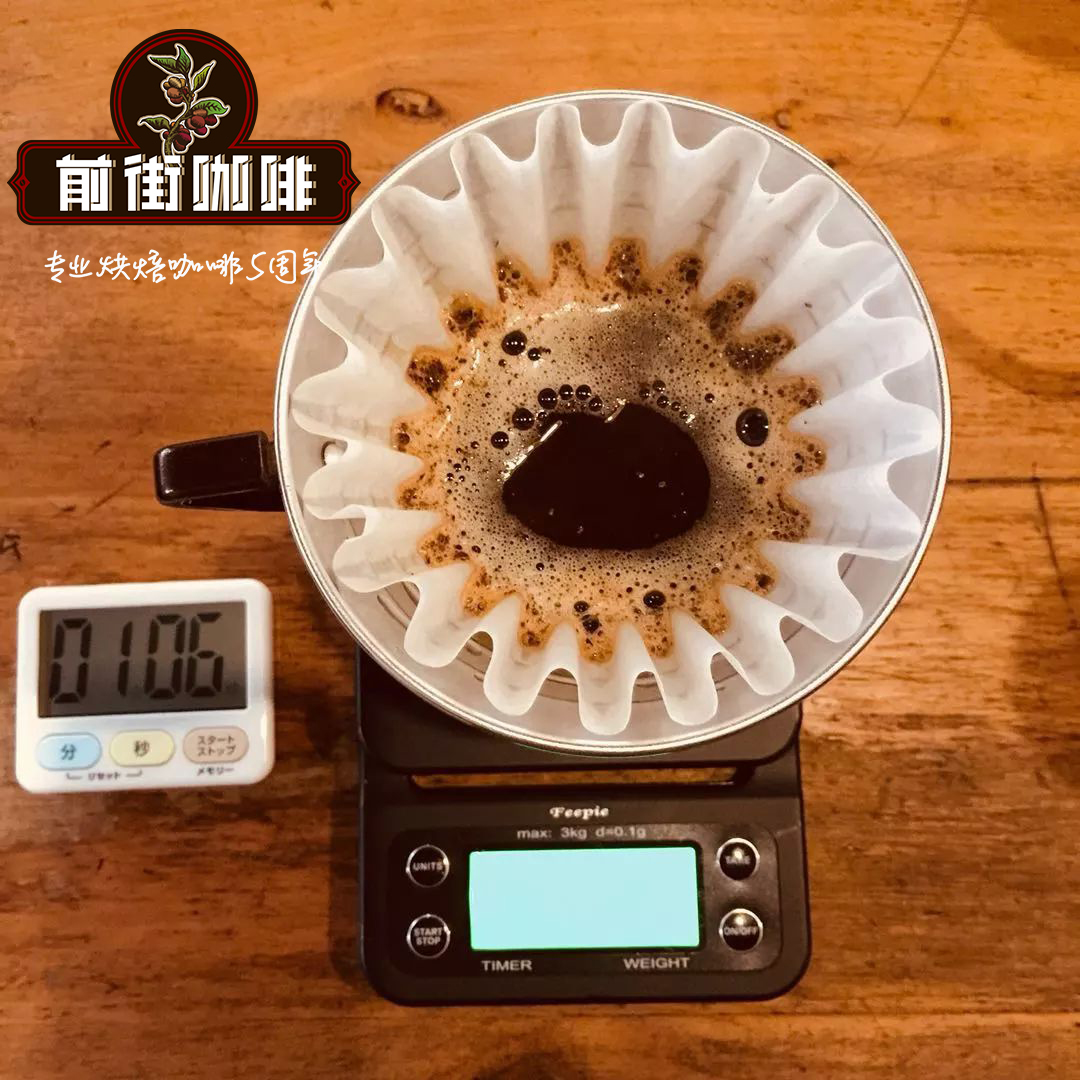
Professional coffee knowledge exchange more coffee bean information please follow the coffee workshop (Wechat official account cafe_style)
Benjamin Manor No.2 Rosa Coffee comes from the Bajo Mono plantation in Panama. Bajo Mono plantation is known as the best special micro-climate area, with high-quality coffee trees with high-quality volcanic soil and clear fountains, it is a world-famous producer of high-quality coffee beans.
Benjamin Manor 2 story information introduction:
Panama Don Benjie Benjamin Manor, from the beautiful coffee plantation Hacienda Bajo Mono on the slopes of Bar ú, one of the highest volcanoes in Central America, is located in the north of Boquete, the most famous coffee producing area in Panama. The variety is Typica Tibica, and the planting poster is 1500 meters high.
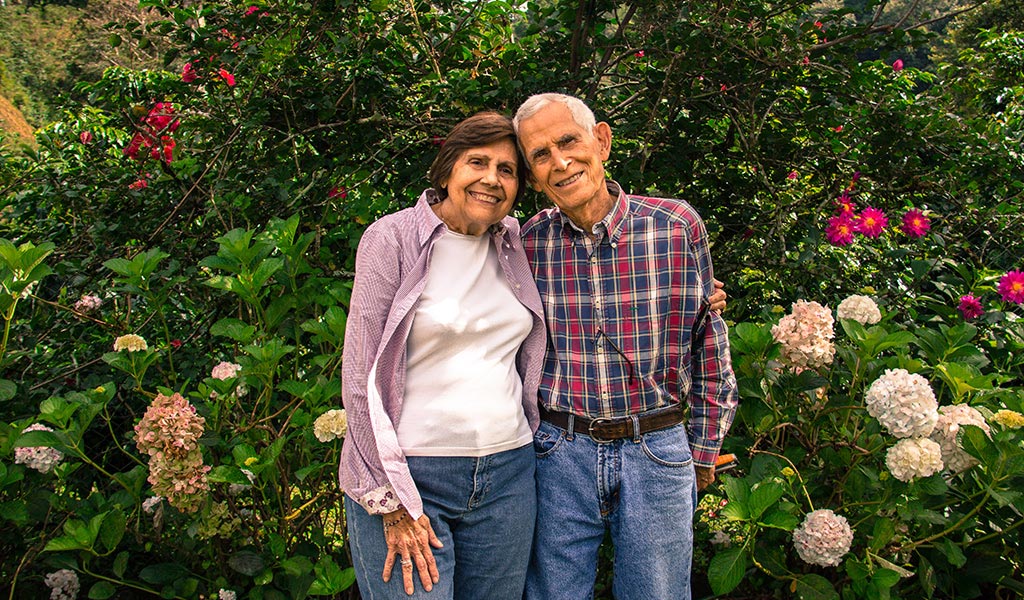
Introduction of coffee bean varieties
Geisha coffee beans, some people call it Rose Summer Coffee or Yiqiu beans, are actually the same kind of coffee beans. Its name comes from Geisha Mountain in Ethiopia, which sounds like the famous Japanese geisha, hence its name.
Geisha coffee beans have an extraordinary legend. It turns out that this kind of coffee bean originated from southwestern Ethiopia in Africa. In 1963, Don Pachi Serracin introduced geisha coffee trees from Costa Rica to Panama. Because the yield is not high, it directly affects the harvest, and coffee farmers are not willing to grow it. It wasn't until Daniel Peterson, the owner of the Panama La Esmeralda in Panama, accidentally discovered that at the top of his coffee farm, the coffee beans produced by these geisha coffee trees, which used to be used as a windbreak, had the citrus and floral aroma peculiar to African beans. Independent of its coffee beans, participate in the 2004 Panamanian coffee bean cup test competition and become a hit. Since then, kabou has been unstoppable and has won the Panamanian coffee cup test competition for many years. In the eyes of boutique coffee lovers all over the world, geisha coffee beans are undoubtedly the supreme treasure.
The Hacienda plantation, located near the birthplace of the Caldera River in the Bajo Mono Canyon, is 1400 to 1550 meters above sea level. Bajo Mono is one of the best places to produce high-quality coffee because of its volcanic soil, clear fountains, and the famous "Bajareque" climate phenomenon known by locals as the moisture of the Pacific and Atlantic oceans meet, when the wind rises, haze rises in the mountains and rainbows are often seen, all of which form a unique microclimate that enables coffee trees in the region to grow in a better environment and quality.
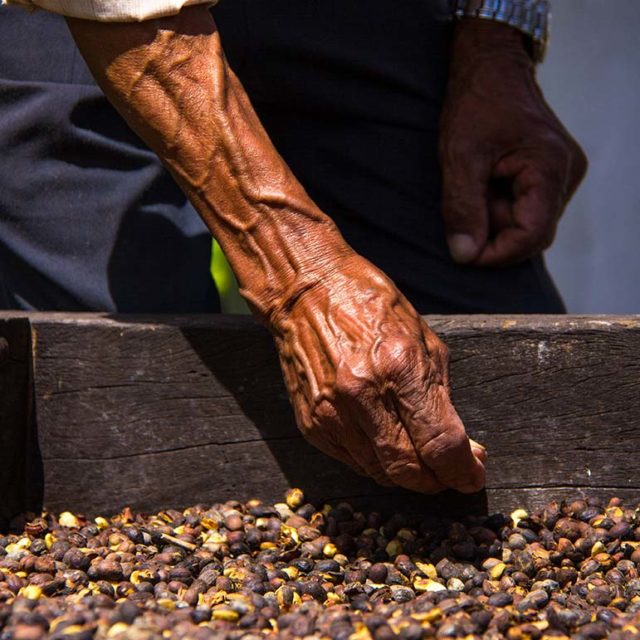
Looking back at the history of the Hacienda plantation, we can see that the emphasis on environmental protection and ecology was originally owned by an American, Ms. Archer, who was one of the pioneers of Boquete. In the 1980s, Dr. Renan Esquivel, a well-known Panamanian pediatrician and nature lover, bought the plantation several times. He planted many exotic trees, plants and coffee varieties. The current owner is StefanArwedM ü ller, who has been operating the Hacienda plantation since 2011 and is committed to further improving the quality of coffee beans and protecting the ecology of the area where the plantations are located, and the coffee beans produced are named C a f é D o n B en j ie.
Introduction to the treatment method:
Washing (Washed Process)
In view of the disadvantages of the traditional solarization method, the water washing method comes along with it. First, most of the pulp of the harvested fruit is separated from the coffee beans by a peeling machine, then directed to a clean tank, soaked in water for fermentation to completely remove the residual pulp layer, and then dried in the sun or by machine, reducing the water content to 12%. As the water washing method has first removed the pulp, so in the drying process, will not worry about mildew, moth-eaten problems like the sun method.
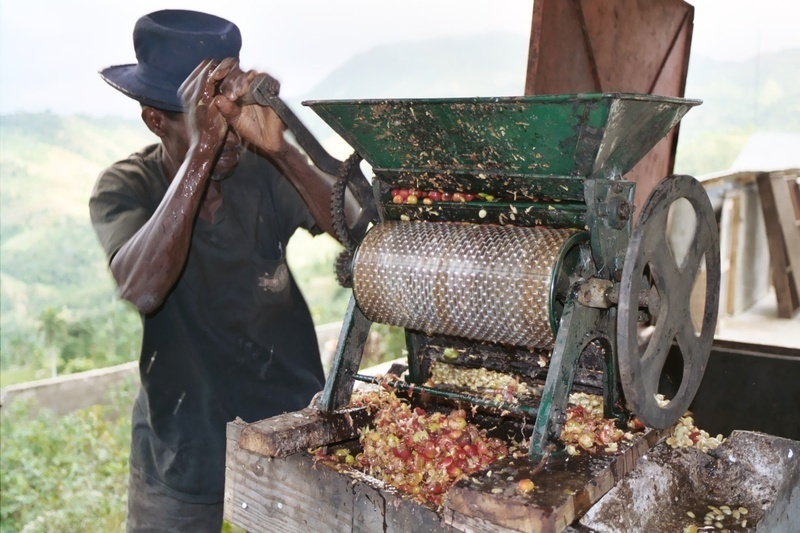
(↑ peeling machine to remove pulp) (↑ soaking in water to ferment) (↑ paving and drying)
The flavor of sun-dried beans is rich and full, and the layered feeling is very distinct and diverse, while water-washed beans have a very clean and refreshing taste, with obvious acidity, and different treatments make coffee beans have a distinctive aroma.
Qianjie Baking suggestion / Analysis
Rose summer, as the most outstanding variety of coffee, is very popular with coffee lovers. Among them, the rose summer treated with water can best highlight the flavor characteristics of the rose summer itself. Rose summer is special in that it has very obvious and clear floral and citrus flavor, very high cleanliness, soft and elegant acidity, long-lasting cotton sweetness, and the taste of high-grade black tea.
To fully show these qualities, you have to work on baking. Rosa rugosa is generally planted at a high altitude of more than 1500 meters, which is a kind of beans with high hardness and high density. Its shape is full, medium particle size, thick and long bean body, pointed at both ends.
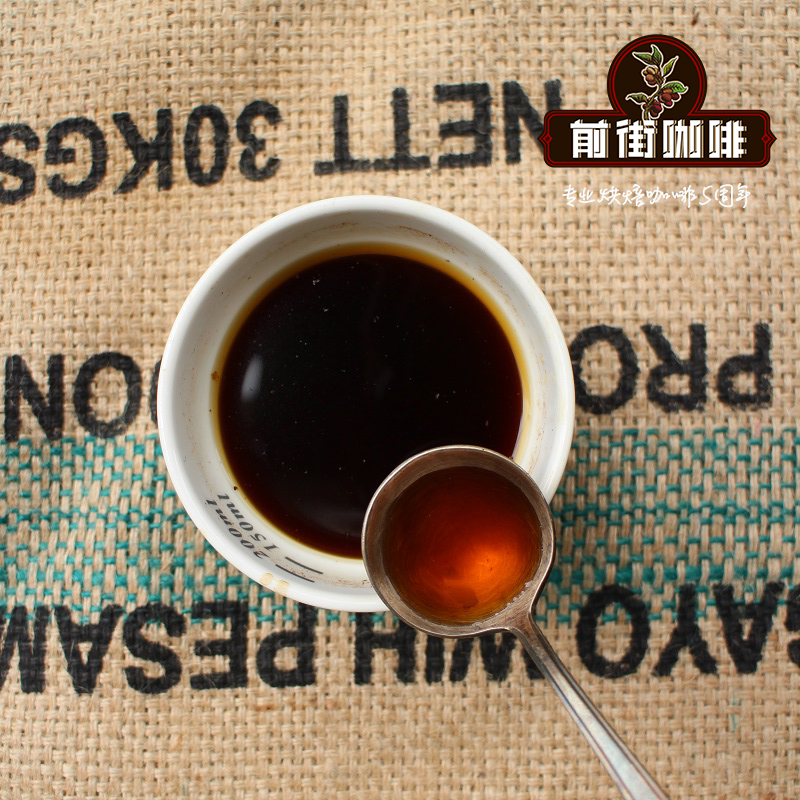
So how to express the unique flavor of Rosa coffee by roasting?
The idea of baking is that because of the high hardness and density of beans, a large fire will be used to dehydrate in the early stage, and the temperature difference between the bean surface and the bean core will be quickly established. In order to have more fragrance of flowers, Maillard's reaction time is relatively short, so after turning yellow, it will adjust the fire to medium to high, quickly let the beans into an explosion, and shorten the period from yellowing to the beginning of the explosion can also increase cleanliness. The temperature rises too quickly after an explosion will aggravate the caramelization reaction and grind off the aroma of flowers and fruits, so it will greatly reduce the fire after entering the explosion, pull the low temperature to rise, and the throttle will be fully opened at the beginning of the explosion. Drop the beans at the end of a dense explosion to let the bean core develop and mature with the most residual aroma and sugar.
Cup test flavor description:
Flavor description: Jasmine, gardenia, sweet orange and lemon are clean
Cooking analysis
Today, we introduce the common methods of Qianjie coffee hand roses summer coffee: three-stage style.
Three-stage water injection method
To inject a section of water into three stages.
Suitable for light, medium and medium roasted coffee beans
Use filter cup kalita cake cup
Increase the steaming time or water cut-off times to improve the rich taste of the coffee.
Segmented extraction method of three-stage water injection
Advantages: it is richer than the one-knife flow, and can clarify the flavor of the front, middle and back of the coffee. The method is to increase the amount of water injection each time after steaming, usually when the coffee liquid is about to drop to the surface of the powder layer, and use small, medium and large water flow to do three-stage extraction.
Disadvantages: there will be relatively high requirements for the flow rate and flow rate of water.
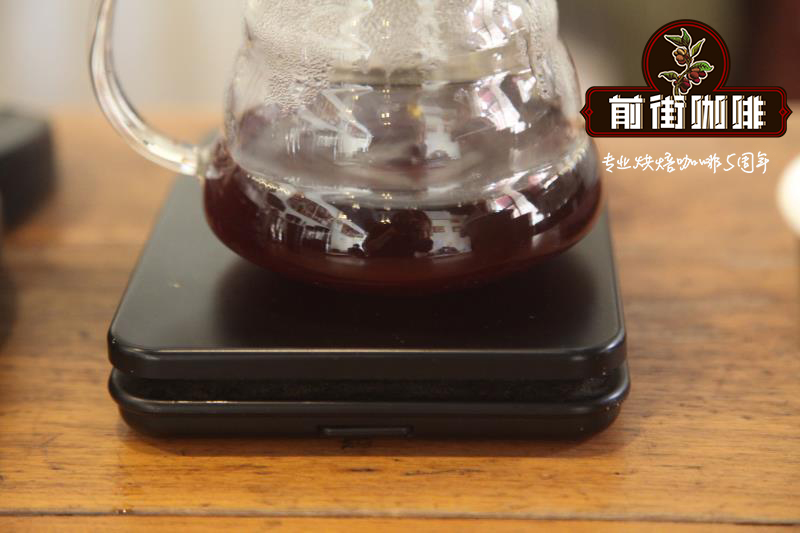
Qianjie [suggestion on hand-brewing parameters of Rosa Coffee]
Cake cup, the use of immersion extraction, so that coffee powder and water contact surface area increased, compared with V60 cooking can improve the texture, drink more sticky feeling
15g powder, water temperature 91-92 degrees, grinding BG 5R (64% pass rate of China marked No. 20 sieve), water powder ratio close to 1:15-16
Technique: 27g water steaming, steaming time for 30s. The hot water in the hand flushing pot draws a circle clockwise with the center of the filter cup in the middle of the filter cup, starts the time when brewing, injects water to 27g, then stops the injection and waits for 30 seconds to inject water for the first time.
When the first water injection is the same as before, the speed can be slowed down slightly, speed up a little when you go around the outer circle, cut off the water at about 1:15 seconds, and then inject water again when the liquid level drops 1 inch 3. The second water injection is concentrated on the central water injection. The water flow should not rush to the place where the coffee powder is connected with the filter paper, so as not to produce channel effect. Finish the extraction at about 2:05 seconds, and the longer the time is, the longer the extraction can be done. The astringent and rough taste will increase.
Segment: 30-125-230g
END
Important Notice :
前街咖啡 FrontStreet Coffee has moved to new addredd:
FrontStreet Coffee Address: 315,Donghua East Road,GuangZhou
Tel:020 38364473
- Prev
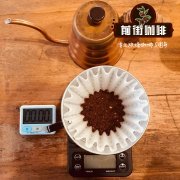
Sharing the parameters of Rose Summer in the Manor of COE Champion in Honduras by hand what is the suitable water temperature for hand flushing
Professional coffee knowledge exchange more coffee bean information please follow the coffee workshop (Wechat official account cafe_style) Honduras champion Manor Pinault Rose Summer Honduras Marysabel Geisha Los Pinos 2017 ACE winner lot Farmer / Representative:German Avel Mejia Pacheco City:La Paz Region:La Paz C
- Next
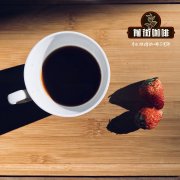
Panamanian Love Saint Manor Rosa Coffee Variety hand-brewed Coffee how much Water brewing parameters
Professional coffee knowledge exchange more coffee bean information please follow the coffee workshop (Wechat official account cafe_style) Panama Boquete Finca La Valentina Geisha Washed Panamanian Poquette Manor geisha / Rose Summer washing method Valentine Manor Story Information: Valentine Manor covers an area of about 12.5ha, it is a miniature small farm in Panama.
Related
- Detailed explanation of Jadeite planting Land in Panamanian Jadeite Manor introduction to the grading system of Jadeite competitive bidding, Red bid, Green bid and Rose Summer
- Story of Coffee planting in Brenka region of Costa Rica Stonehenge Manor anaerobic heavy honey treatment of flavor mouth
- What's on the barrel of Blue Mountain Coffee beans?
- Can American coffee also pull flowers? How to use hot American style to pull out a good-looking pattern?
- Can you make a cold extract with coffee beans? What is the right proportion for cold-extracted coffee formula?
- Indonesian PWN Gold Mandrine Coffee Origin Features Flavor How to Chong? Mandolin coffee is American.
- A brief introduction to the flavor characteristics of Brazilian yellow bourbon coffee beans
- What is the effect of different water quality on the flavor of cold-extracted coffee? What kind of water is best for brewing coffee?
- Why do you think of Rose Summer whenever you mention Panamanian coffee?
- Introduction to the characteristics of authentic blue mountain coffee bean producing areas? What is the CIB Coffee Authority in Jamaica?

